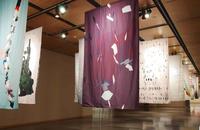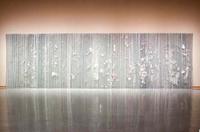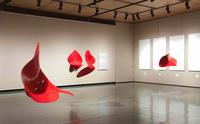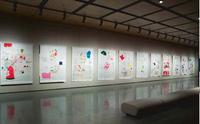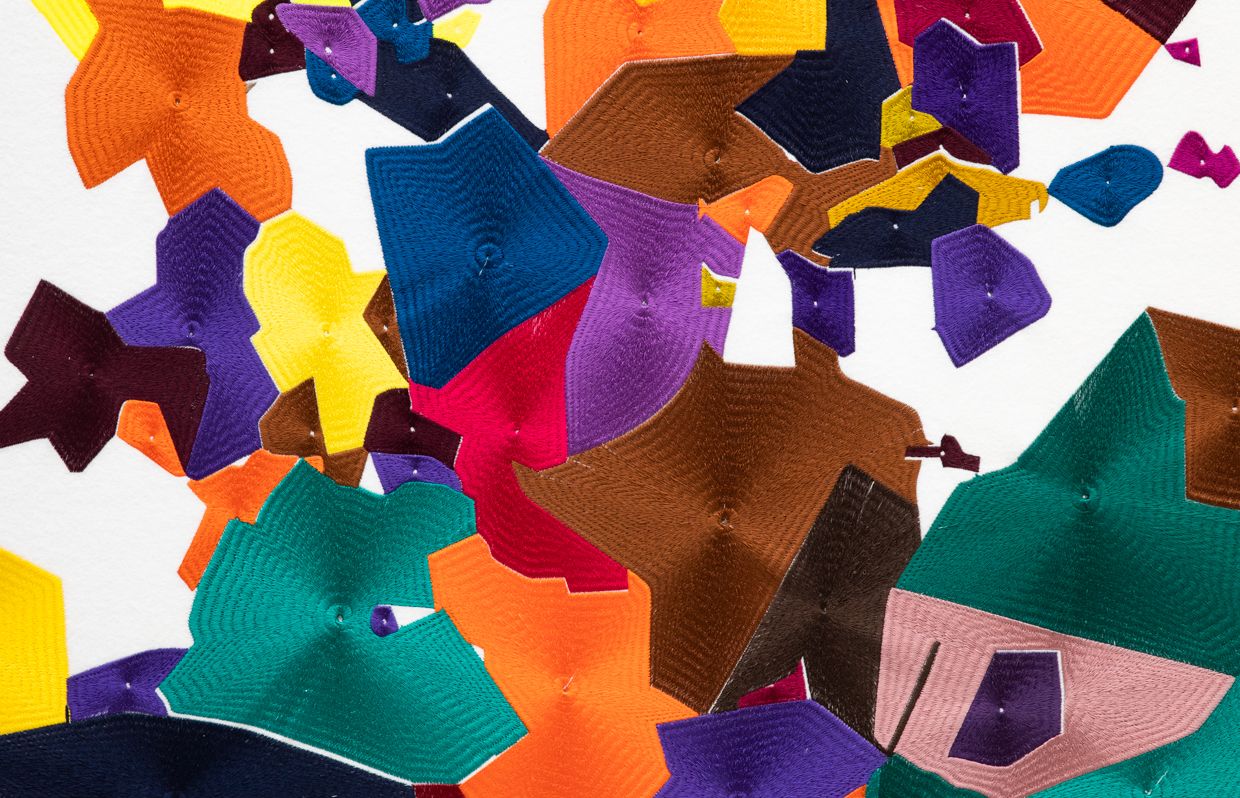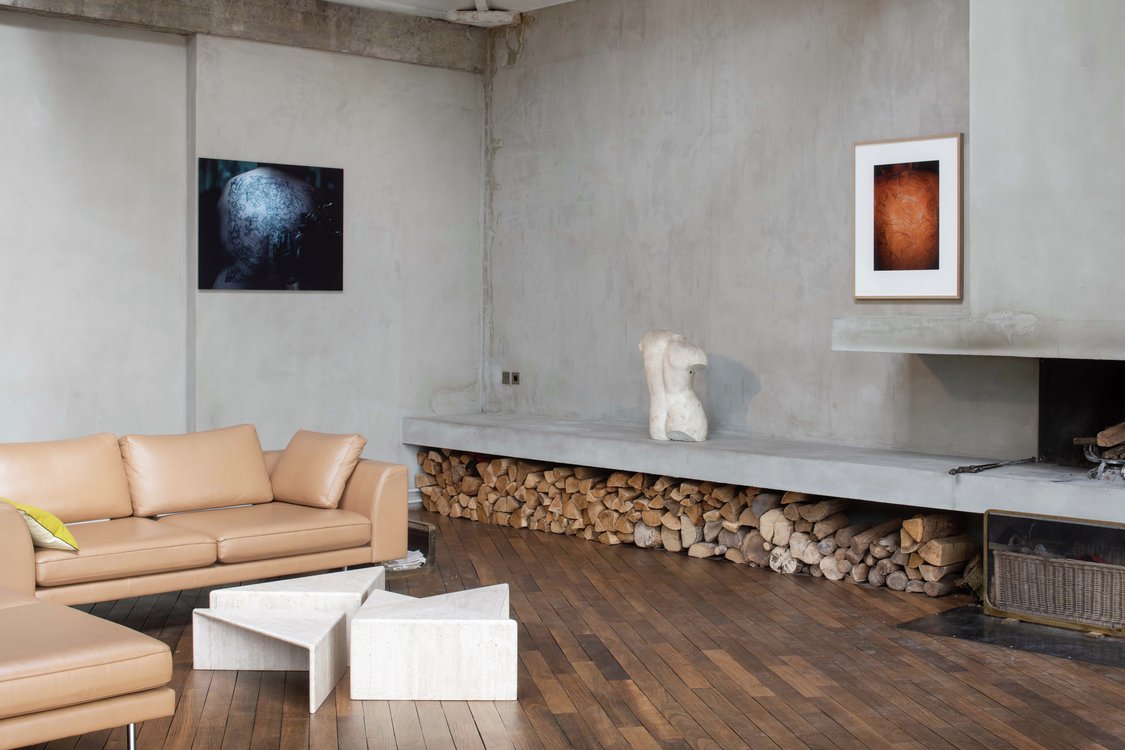For some years now the investigations of José María Sicilia (1954), one of the most original artists on the Spanish scene, have involved deciphering the language of the things that interest him and for this purpose he works with sound recordings with which he then creates a visual projection of this language.
Using techniques that offer the possibility of translating sounds, obtaining a visual representation of them that allows him to capture and identify their variations and diversity, the artist converts these phenomena into the purpose of his work.
Exploring this line of research, he has produced the Fukushima-Winter Flowers Project, which shows the results of converting different sounds and images of the tsunami that occurred in Japan in March 2011 into two and three dimensions. He thus devises a new approach to the tragic events in order to show the reality of Fukushima.
The title of the exhibition is inspired by Tamiki Hara’s literary work ‘Natsu no Hana’ (Summer Flowers). Hara was a survivor of Hiroshima. The death of his wife Sadae Hara and the Hiroshima bomb were the backbone of his work.
Sicilia is interested in the sounds of birds and the tsunami, the noise of Fukushima, and his interpretation of them takes different sources as a starting point using specific parameters: readings of sound data recorded in the ocean during the tsunami, recordings made at the time such as warning messages issued in some of the affected areas or birdsong, and the voices of people recorded in videos of the tsunami posted on YouTube, etc.
The artist likewise brings to the exhibition works that are the result of workshops he has held with children from Japanese schools located near the areas affected by the tsunami. In these sessions the artist, accompanied by a team of psychotherapists and teachers, works with the children, allowing them full freedom to express their experiences or memories of that day artistically.
Basically the exhibition explores sound, pain, creation – everything that is unforeseen, accidental. To quote the artist himself:
‘An accident is what happens, what occurs unexpectedly in the system of our lives, the unforeseen, surprise… Yet everything was already there.
The accident is revealed to us every day, concealed until it comes to light. The accident is closely linked to time, to the instant, to life. All substance can be the stuff accidents are made of. Time devours everything. We are the image of an image, an echo. An instant is birdsong. Chance appears to us increasingly and fear begins to be the passion of life.’
